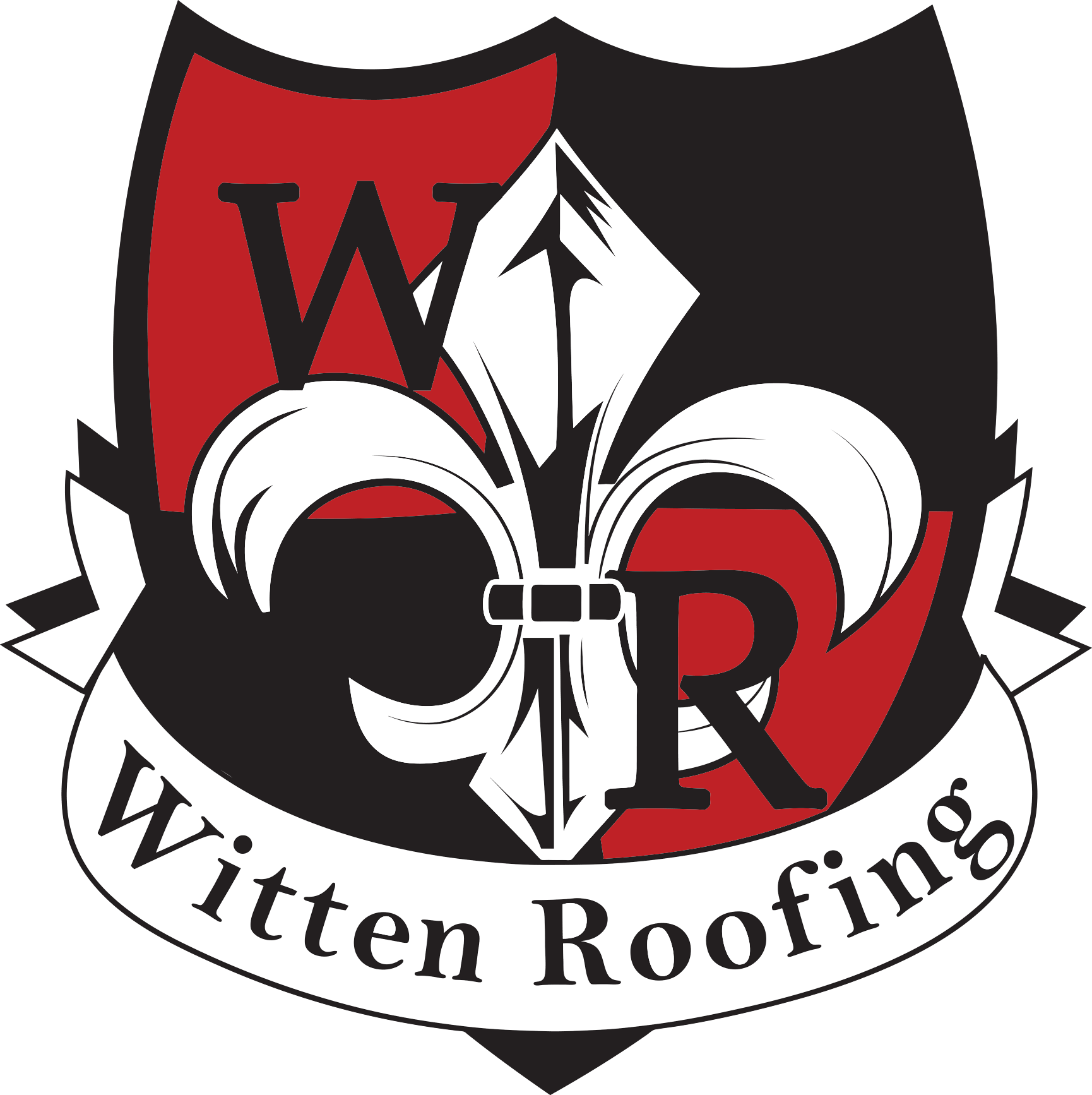Everything You Need to Know About Roof Underlayment
When most homeowners think about a roof, they picture shingles, tiles, or metal panels. While those visible layers are important, there’s an unsung hero underneath them all — the roof underlayment. This hidden layer plays a critical role in keeping your home dry, protected, and structurally sound.
In this in-depth guide, we’ll break down exactly what roof underlayment is, why it matters, the types available, how to choose the right one, and what maintenance tips can help you get the most out of it.
What Is Roof Underlayment?
Roof underlayment is a water-resistant or waterproof barrier installed directly on your roof deck beneath the outer roofing material. It acts as a secondary line of defense against moisture, wind-driven rain, and ice.
Without underlayment, even the smallest gap in your shingles or panels could allow water to seep into your attic or walls, leading to mold, rot, and costly repairs.
Why Roof Underlayment Matters
- Moisture Protection – Stops water intrusion from leaks, ice dams, or wind-driven rain.
- Added Insulation – Helps regulate attic temperature, contributing to energy efficiency.
- Smooth Surface – Creates a consistent base for shingles or other roofing materials to be installed evenly.
- Wind Resistance – Provides extra stability during storms.
- Fire Resistance – Certain underlayments add a fire-retardant layer to your roofing system.
The Main Types of Roof Underlayment
1. Asphalt-Saturated Felt
- Traditionally called “tar paper”
- Affordable and widely available
- Provides decent water resistance but is heavier and less durable compared to modern alternatives
2. Synthetic Underlayment
- Made from woven or spun polypropylene/polyethylene
- Lightweight, tear-resistant, and often UV-resistant for longer exposure times during installation
- Preferred for its durability and ease of handling
3. Thermal-Reflective Underlayment (Therma Sheet)
- A premium option that adds a heat-reflective barrier to your roof
- Designed to improve energy efficiency while offering superior water resistance
How Climate Impacts Your Underlayment Choice
Your local climate should heavily influence which underlayment you choose:
- Hot & Sunny Areas – UV-resistant synthetic underlayments prevent heat damage.
- Cold & Snowy Areas – Rubberized asphalt helps stop ice dam leaks.
- Humid & Rainy Regions – Moisture-resistant materials are a must to prevent mold growth.
- High-Wind Regions – Tear-resistant synthetic options hold up better against uplift forces.
Common Underlayment Installation Mistakes to Avoid
Even the best underlayment can fail if it’s not installed properly:
- Skipping Overlaps – Underlayment must be layered correctly to prevent leaks.
- Using Staples Instead of Cap Nails – Staples can tear through the material over time.
- Not Accounting for Roof Slope – Steeper roofs may need different fastening patterns.
- Leaving It Exposed Too Long – Most underlayments aren’t designed to be UV-exposed for extended periods.
Maintenance Tips for Roof Underlayment Longevity
- Schedule Regular Roof Inspections – Catch small problems before they affect the underlayment.
- Address Leaks Immediately – Even minor leaks can damage the layer underneath.
- Keep Gutters Clear – Prevent water from backing up under shingles.
- Trim Overhanging Branches – Reduces the risk of damage from falling debris.
Spotlight on Therma Sheet Underlayment
At Witten Roofing, we recommend and install Therma Sheet underlayment for many of our projects because it goes beyond standard protection.
What Is Therma Sheet?
Therma Sheet is a high-performance, synthetic underlayment with radiant barrier technology. This means it reflects radiant heat away from your home, helping to keep interior temperatures cooler and reducing strain on your HVAC system.
Key Benefits of Therma Sheet
- Energy Efficiency – Reflects up to 97% of radiant heat, lowering attic temperatures and potentially reducing energy bills.
- Superior Waterproofing – Protects your decking from wind-driven rain and ice dam penetration.
- Tear Resistance – Stronger than traditional felt, making it safer for installers and more durable during roof work.
- UV Resistance – Can be exposed to the sun for longer periods without degrading, ideal for large-scale or weather-delayed projects.
- Lightweight & Easy to Install – Speeds up installation while reducing labor costs.
Why We Promote Therma Sheet
In climates with high heat and intense sun, like much of the South, Therma Sheet adds a noticeable performance boost. Even in cooler regions, its waterproofing and durability make it a smart long-term investment.
Why Choose Witten Roofing for Your Underlayment Needs
At Witten Roofing, we don’t cut corners on what you can’t see. Our team uses high-quality underlayments that match your climate and roofing material, ensuring your roof system is built to last. With experienced installers, strong warranties, and a commitment to detail, we make sure your home has the best possible protection from top to bottom.
Whether you’re replacing an old roof or building new, we’ll guide you to the perfect underlayment choice for your budget and needs.
Frequently Asked Questions About Roof Underlayment
1. How long does roof underlayment last?
Quality synthetic underlayment can last 25–30 years, while felt paper often lasts 15–20 years. However, it should always be replaced when you install a new roof.
2. Do I need underlayment if I have metal roofing?
Yes! Metal panels can still allow condensation and wind-driven rain underneath. Underlayment acts as a moisture barrier.
3. Is Therma Sheet worth the extra cost?
Absolutely. The energy savings, durability, and superior waterproofing can pay for themselves over the life of the roof.
4. Can I walk on roof underlayment?
Yes, but only during installation and with caution — synthetic underlayment generally offers better traction than felt.
5. Can I install new shingles over old underlayment?
It’s not recommended. Old underlayment may be damaged or worn, which can compromise your new roof’s lifespan.
Final Takeaway:
Your roof’s underlayment might not be visible, but it’s one of the most important components of your home’s defense system. Choosing the right material, installing it correctly, and maintaining your roof over time will ensure it performs its job for decades.
If you need expert guidance on roof underlayment, inspections, or full roof replacements, contact Witten Roofing today for a free estimate — and protect your home from the elements year-round.




